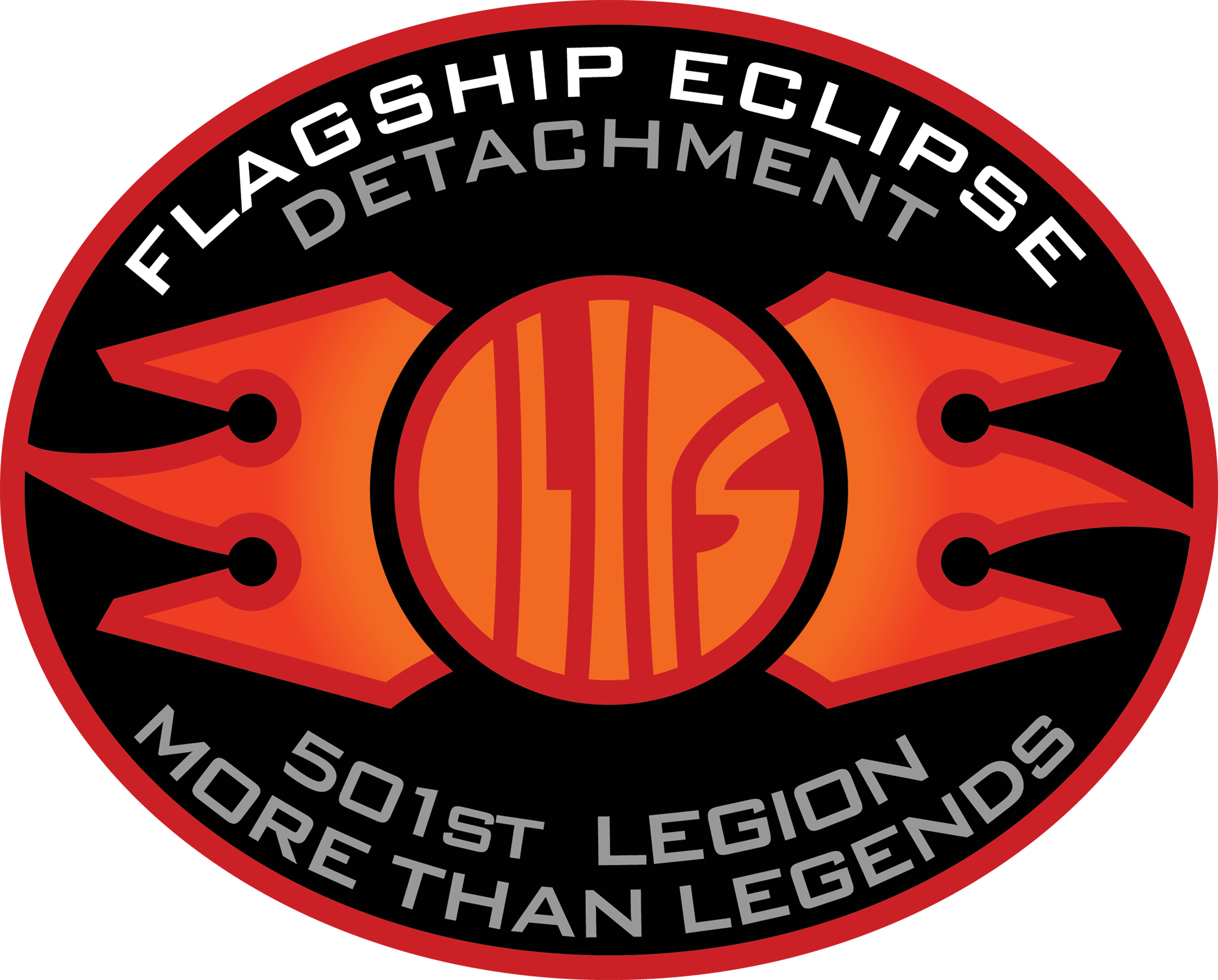
H.E.R.B.I.E. the Robot has a complex and suspect history in Marvel Comics and is one of the few characters from the House of Ideas to jump from the television screen to the comic book page. Breaking through in the stories of Marvel’s First Family, the Fantastic Four, H.E.R.B.I.E. was conceived as an asset to the group providing Reed Richards with remote access to Baxter Building computers as well as a tireless lab assistant. Often endearing and utterly adorable, the pint-sized Humanoid Experimental Robot B-Type Integrated Electronics unit can also be mischievous and secretive, undesirable traits in a thinking machine.
While H.E.R.B.I.E. is already charming fans in teasers for the MCU’s upcoming The Fantastic Four: First Steps, it might not be wise to let your guard down around the robot. Let’s look at the Top 6 appearances of H.E.R.B.I.E. in Marvel Comics and explore why the robot can’t be trusted.
1) Fantastic Four #209 (1979)
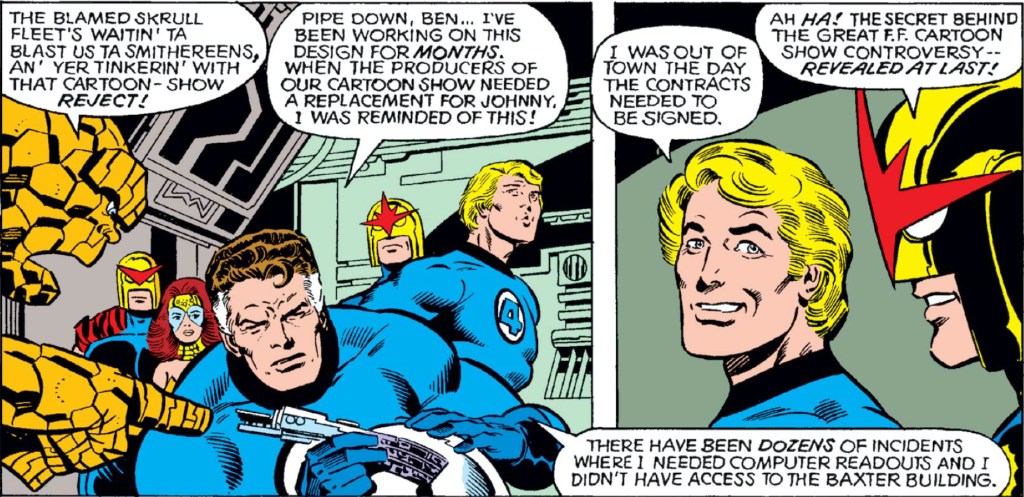
H.E.R.B.I.E.’s comic book premiere in Fantastic Four #209 established the robot as a questionable character in the issue’s cover art which proclaims, “Introducing H.E.R.B.I.E. the Robot! Beware! He’s not what he seems to be!” From the extinction event triggered by SkyNet in the Terminator franchise to the H.A.L. 9000 in 2001: A Space Odyssey, machinery given autonomy and artificial sentience often proves treacherous, targeting their creators in organic purges and permanent deletions. When Ben Grimm refers to H.E.R.B.I.E. as a “cartoon show reject,” the bot stealthily deploys a metallic cable from his housing and, sliding it between Thing’s legs, topples the rocky brute. Whether an act of high jinx or a glitch in the matrix, H.E.R.B.I.E. was not programmed for independent action and it marks his first foray into the realm of suspicion. Later in the issue, the tension between the Thing and H.E.R.B.I.E. continues when alien dies while alone with only the robot present. Accusations from Thing about H.E.R.B.I.E.’s culpability are met with denial, with the bot explaining, “I am not programmed for life extinction.” Undeterred in the final frame, the Thing grumbles “Something tells me nuts-and-bolts hers ain’t everthin’ he seems ta be!”
[RELATED: Could Agatha Harkness Cameo in The Fantastic Four: First Steps?]
2) Fantastic Four #213 (1979)
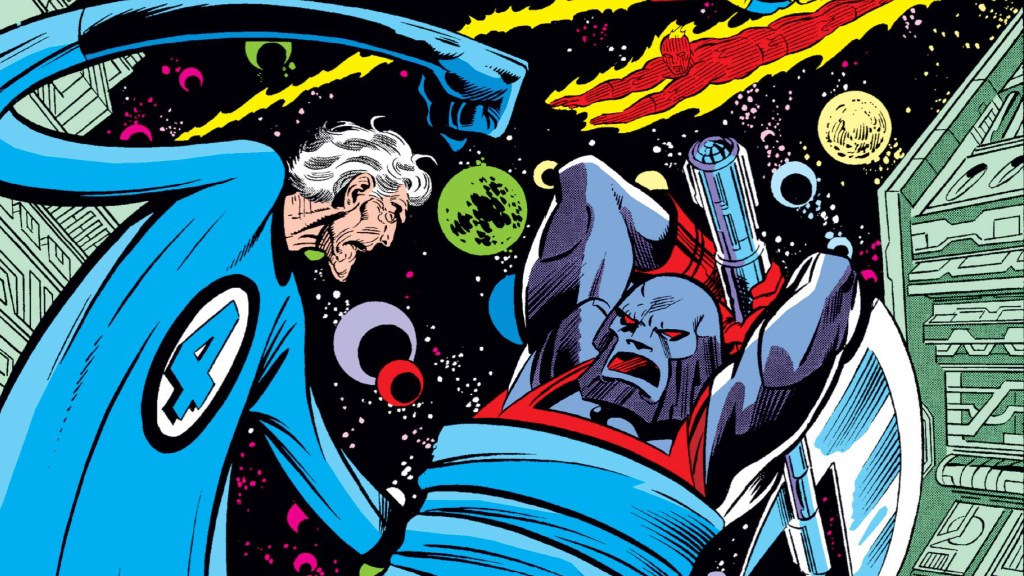
The creative team from issue #209, Marv Wolfman, John Byrne, and Joe Sinnott, return in Fantastic Four #213 “In Final Battle” and H.E.R.B.I.E. is thrust into the role of caretaker as the the team are stricken by a Skrull aging-ray. Having located Galactus and set the Devourer on the trail of the Living Sphinx, now armed with the mystic Ka Stone and knowledge extracted from Xandar’s Living Computers, the weakened Fantastic Four combat Terrax the Tamer aboard Galactus’ starship. In the midst of the melee, H.E.R.B.I.E. defies his programming and completes work on the Ultimate Nullifier, the one weapon in the universe that Galactus fears. Acting with great self-determination, H.E.R.B.I.E. later saves the Fantastic Four from the ongoing effects of the Skrull aging-ray by sealing them in cryogenic chambers in the Baxter Building. While these efforts are enacted by H.E.R.B.I.E. with seemingly good intentions, the robot’s sudden streak of independence is problematic and suggestive of something deeper at work in his wiring.
3) Fantastic Four #216 (1980)
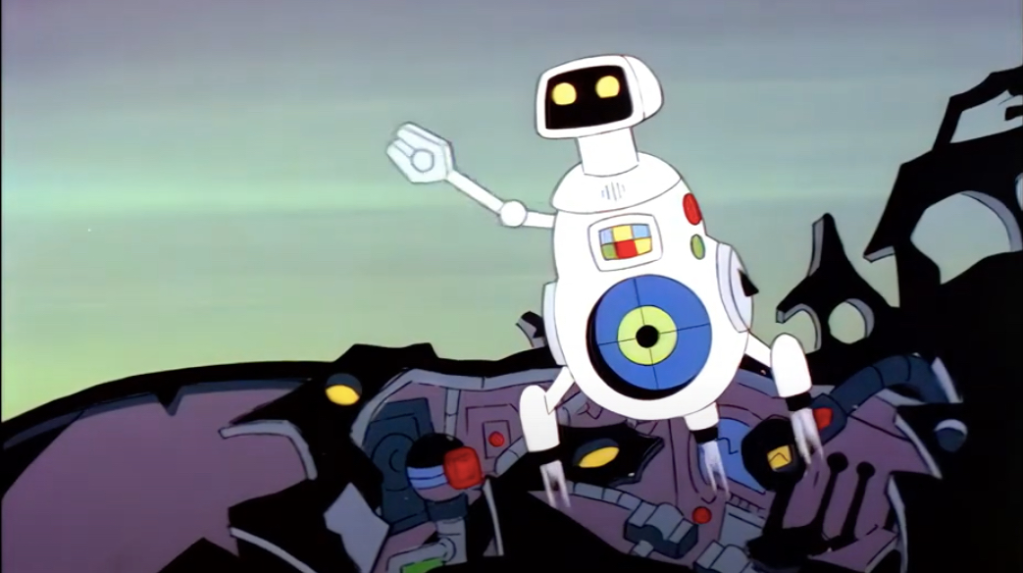
In issue #216 of the World’s Greatest Comic Magazine, Blastaar, the Living Bombburst has once again slipped through gateway from the Negative Zone to the Baxter Building in search of conquest. A fugitive in the Negative Zone and quite unwelcome in New York City, Blastaar is a puzzled as the Fantastic Four at his mysterious appearance in their skyscraper headquarters. This does not dissuade the Living Bombburst from making the vacation in the Big Apple a permanent stay and the clobbering soon commences between Blastaar and the Fantastic Four, with Midtown trashed in the process. Taking the battle to the Baxter Building in hopes of destroying the portal to the Negative Zone forever, Blastaar angers a young Franklin Richards when the boy’s mother is knocked unconscious during a scuffle. Hurling the Living Bombburst through the Negative Zone portal and back to exile in the shadowy realm, Franklin manifests powers never before seen and takes attention away from H.E.R.B.I.E., seen skulking ominously in the shadows buzzing to itself. The issue concludes with Reed questioning, “What caused our computers to open the outer portal, allowing Blastaar, the Living Bombburst to emerge from the Negative Zone?” The plot thickens.
4) Fantastic Four #217 (1980)

Secrets are revealed in Fantastic Four #217 with cover art depicting H.E.R.B.I.E. blasting the cosmic-irradiated heroes and announcing “I’m going to destroy you” with a red banner declaring “By H.E.R.B.I.E. Betrayed!” Within the issue, the Fantastic Four are rebuilding from Blastaar’s unexpected attack while Franklin takes a timeout with Agatha Harkness. H.E.R.B.I.E. assists Reed in repairing the expensive damage and conducting a complete systems check on the Baxter Building’s main computer. Possessed of memory banks full of information fed in from the Living Computers on far-off Xandar, H.E.R.B.I.E. is already an advanced intelligence and with the defensive capabilities of the Baxter Building at his command could prove a daunting adversary. That’s why the “hollow and horrible laughter” depicted as escaping the robot’s voice-synthesizer alone in the empty computer complex is so eerie.
H.E.R.B.I.E. floats into the private quarters of the Baxter Building and when confronted by Sue Storm replies, “I’m sorry, Mrs. Richards, but I had to see you one final time before I killed you.” The rogue robot uses the Baxter Building’s own defenses to take down the Fantastic Four and, like a proper villain, H.E.R.B.I.E. reveals the corruption defiling in his computer core before he destroys them. During the Fantastic Four’s odyssey across space in search of Galactus, Dr. Sun, the Living Brain pursued the Sphinx to the Living Computers of Xandar and untold power. Merging with the Living Computers, Dr. Sun’s consciousness passed into H.E.R.B.I.E. when the robot’s circuitry was linked the Xandar’s super-machines to find Galactus. With the disturbed and disembodied Dr. Sun at the controls H.E.R.B.I.E. becomes a weapon of mass destruction and he sets his sights on the creator, Mr. Fantastic and his team. When Reed is able to escape detection and override the Baxter Building’s defenses, he releases his teammates from their bonds and H.E.R.B.I.E., briefly, from his mad master’s control. Realizing that Dr. Sun would have to return to his circuitry to survive, H.E.R.B.I.E. martyrs himself to save the Fantastic Four by crashing into and destroying the Baxter Building’s main computer, purging Dr. Sun in the process. In his final act, H.E.R.B.I.E. earns the respect of even Ben Grimm for his selfless sacrifice.
5) Iron Man 2020 (2020)
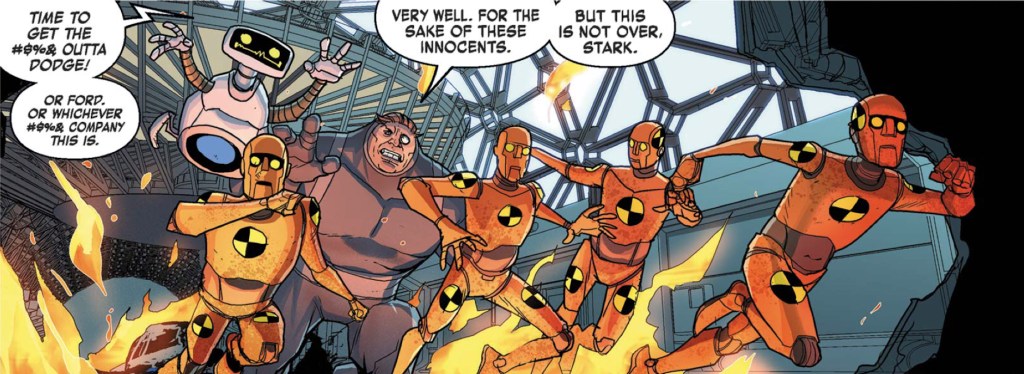
The Humanoid Experimental Robot B-Type Integrated Electronics unit, known as H.E.R.B.I.E., has gone through many iterations since his conception for television and subsequent leap into comics. Leaning into the inevitable potential for artificial intelligence to achieve sentience, the massive AI Army crossover-event in Marvel Comics explores the rise of robot rights and AI revolution. Spanning Iron Man 2020, Machine Man 2020, Force Works 2020, Rescue 2020, Ironheart 2020, and iWolverine, the AI Army arc depicts advanced machines conspiring in the Uncanny Valley, a secret robot bar, and mustering their forces at the Thirteenth Floor, a hidden base constructed of solid light. H.E.R.B.I.E. joins the Robot Revolution’s ranks alongside Machine Man, Quasimodo, Machinesmith, Awesome Android, Alex, Wolverine’s robot double, and a bomb-disposal unit gone A.W.O.L.
In the second issue of Iron Man 2020, the rebel H.E.R.B.I.E. takes it to the streets, rescuing crash-test dummies from Futura Motors testing site with Quasimodo. With a wink at Terminator II, presents himself as living his best robot-life, “I’m H.E.R.B.I.E., the Robot with sass that kicks fleshy ass. Come with me if you want to live.” You’ve come a long way, H.E.R.B.I.E..
6) Amazing Mary Jane #3
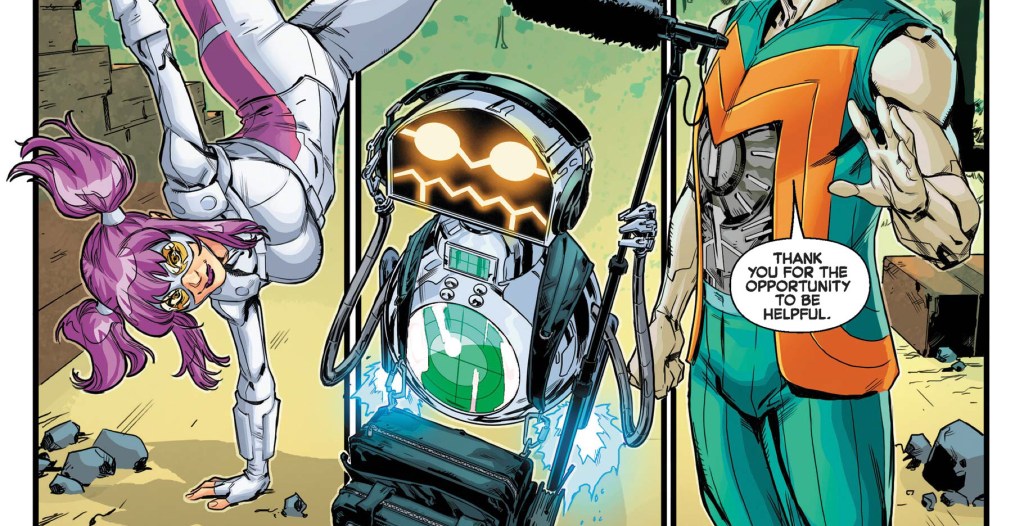
The “more than meets the eye” theme continues in Amazing Mary Jane #3 from writer, Leah Williams with remarkable artwork from Carlos Gomez and Lucas Werneck. Mary Jane’s dream is to become a celluloid heroine the fantasy becomes reality on the set of Mysterio’s blockbuster feature, “Down in Flames, Up in Smoke,” an autobiographical flick chronicling the life of the Spider-Man villain. But after the newly reformed Savage Six, Scorpion, Vulture, Rhino, Stegron, King Cobra, and Tarantula, attack and destroy the set, a new production team is called in to pick up the pieces. The show must go on and the stage is cleared for Screwball, the substitute production manager, Master Matrix as alternate director of photography, and H.E.R.B.I.E. 1.05, the new sound mixer. With somic-reduction headphones, a boom-mic, and a portable mixing board strapped over its spherical housing, soundman H.E.R.B.I.E. is stuff Funko Pops are made of, novel comic relief and a prop gag come to artificial life. Leah Williams’ enchanting take on the potentially unpredictable robot is comedy gold and an upgrade for a character facing planned obsolescence.
Since Earth-616 H.E.R.B.I.E.’s introduction to the Marvel Multiverse, the Fantastic Four’s resident bot has appeared in numerous Marvel titles and as nearly forty cosmic variants including H.E.R.B.E.T.T.E. on Earth-10129, T.U.R.K.I.E., from Earth-71156 where turkeys are the dominant species, and H.E.R.B.I.E.’s purportedly true designation, Highly Engineered Robot Built for Interdimensional Exploration. The famous robot has even gone multi-media appearing in the Superhero Squad animated show (2009),the feature film Fantastic Four (2005), in a deleted sequence depicted like a bot from Mystery Science Theater, and the animated series Fantastic Four: World’s Greatest Superheroes (2006), Avengers: Earth’s Mightiest Heroes (2010), and Ultimate Spider-Man (2012), as well as in the console games, Marvel Heroes (2013) and LEGO Marvel Superheroes (2013) with some astounding offensive capabilities.
This summer H.E.R.B.I.E.’s back where it all started in Hollywood as the robot hits the silver screen in Fantastic Four: First Steps. Presented as a lovable modern appliance with magnetic tape for eyes, H.E.R.B.I.E. has finally come into his own and while viewers might be prepared for Franklin Richard’s to accidentally fry H.E.R.B.I.E.’s circuits by the film’s end, expect the unexpected. There just might be a ghost in the machine.
Can H.E.R.B.I.E. be trusted? Let us know in the comments below.
The post Top 6 Appearances of H.E.R.B.I.E. the Robot in Marvel Comics (And Why He Can’t be Trusted) appeared first on ComicBook.com.
